The world of short track speed skating is a thrilling, high-octane sport that combines lightning-fast reflexes, razor-sharp strategy, and the sheer physical prowess of its athletes. Unlike traditional long track speed skating, short track takes place on a smaller rink, often leading to tighter turns, closer races, and heart-stopping moments that keep fans on the edge of their seats. The sport has grown exponentially in popularity since its Olympic debut in 1992, captivating audiences with its unpredictable nature and the raw intensity of competition.
At its core, short track speed skating is a test of both individual skill and teamwork. Races typically feature four to six skaters racing simultaneously on a 111.12-meter oval, with distances ranging from 500 meters to 1500 meters. The shorter the race, the more explosive the action, as skaters jostle for position, execute daring passes, and sometimes collide in dramatic fashion. Relay events add another layer of complexity, requiring seamless exchanges between teammates and strategic pacing to outmaneuver opponents.
The physical demands of short track are immense. Skaters must maintain an aerodynamic crouch while generating explosive power from their legs, all while navigating tight corners at speeds exceeding 30 miles per hour. The strain on the body is compounded by the need for split-second decision-making—choosing when to accelerate, when to hold back, and when to make a decisive move. One wrong step or mistimed pass can send a skater careening into the boards, taking others down in the process.
What sets short track apart from other winter sports is its inherent unpredictability. Unlike downhill skiing or figure skating, where performances are largely individual and judged, short track is a contact sport on ice. Races can be won or lost in the blink of an eye, with underdogs often triumphing over favorites due to a well-timed surge or a rival’s misstep. This element of chance has made it a fan favorite, as no lead is ever truly safe until the finish line is crossed.
South Korea has long been a dominant force in short track speed skating, producing legendary athletes like Viktor Ahn and Shim Suk-hee. Their success can be attributed to a rigorous training system that emphasizes technical precision and mental resilience. However, in recent years, other nations have closed the gap. China, the Netherlands, and Canada have all emerged as formidable competitors, each bringing their own unique strengths to the ice. The rise of these new powerhouses has made international competitions even more fiercely contested.
The sport is not without its controversies. Judging decisions, particularly in relay races or photo finishes, often spark heated debates. Disqualifications for impeding or illegal lane changes are common, leaving some athletes and fans frustrated. Yet, these controversies only add to the drama, fueling discussions long after the medals have been awarded. The International Skating Union (ISU) continually refines the rules to ensure fairness, but in a sport where milliseconds and millimeters matter, disputes are inevitable.
Beyond the elite level, short track has a growing grassroots following. Youth programs and amateur leagues are sprouting up in countries without a strong winter sports tradition, thanks in part to the sport’s accessibility. Unlike long track, which requires specialized oval venues, short track can be practiced in most ice rinks with minimal modifications. This has helped cultivate a new generation of skaters who dream of one day competing on the Olympic stage.
Looking ahead, the future of short track speed skating appears bright. Technological advancements in skate design and ice maintenance are pushing the limits of performance, while increased media coverage is bringing the sport to wider audiences. The 2026 Winter Olympics in Milan-Cortina will undoubtedly showcase new stars and unforgettable moments, further cementing short track’s place as one of the most exhilarating events in winter sports.
For those who have never experienced the adrenaline rush of a short track race, it’s hard to convey just how electrifying it can be. The roar of the crowd, the blur of colorful suits streaking across the ice, and the sheer unpredictability of it all make for a spectacle unlike any other. Whether you’re a die-hard fan or a casual observer, there’s no denying the magnetic appeal of short track speed skating.

By Emily Johnson/May 8, 2025
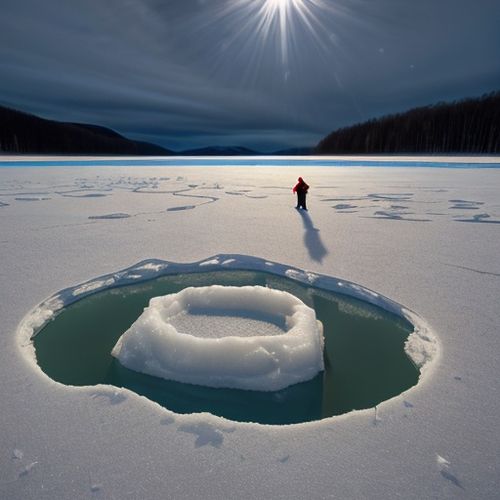
By Natalie Campbell/May 8, 2025
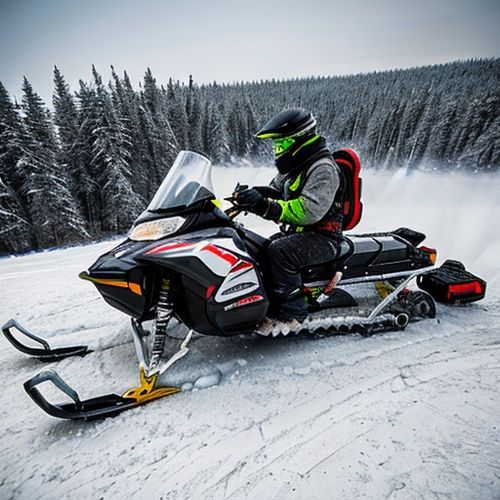
By Olivia Reed/May 8, 2025
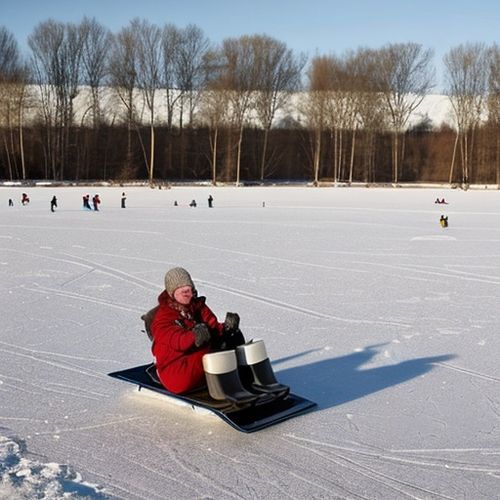
By Lily Simpson/May 8, 2025
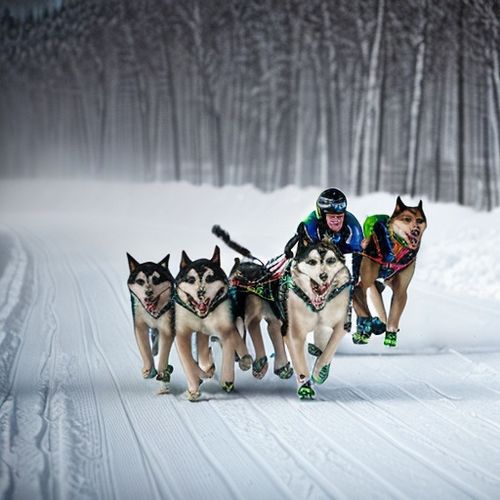
By Olivia Reed/May 8, 2025
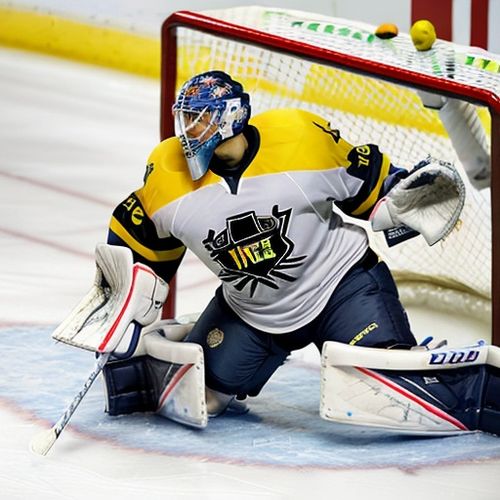
By Thomas Roberts/May 8, 2025
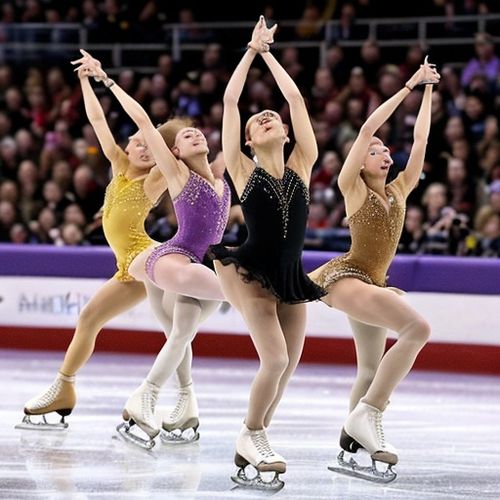
By Daniel Scott/May 8, 2025
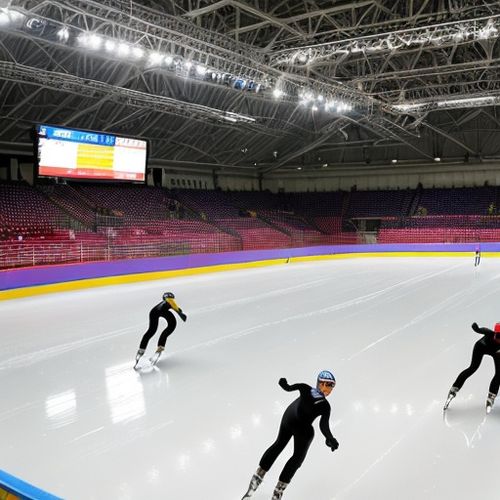
By George Bailey/May 8, 2025
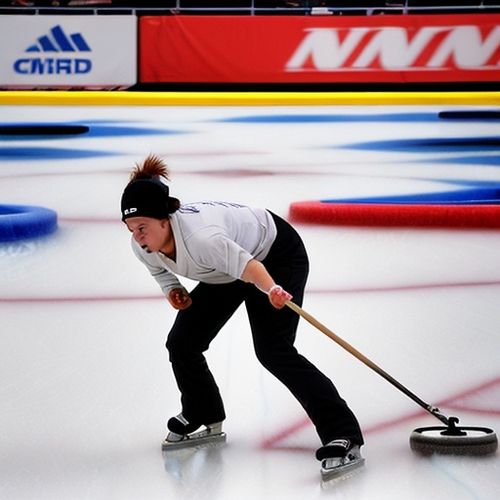
By David Anderson/May 8, 2025
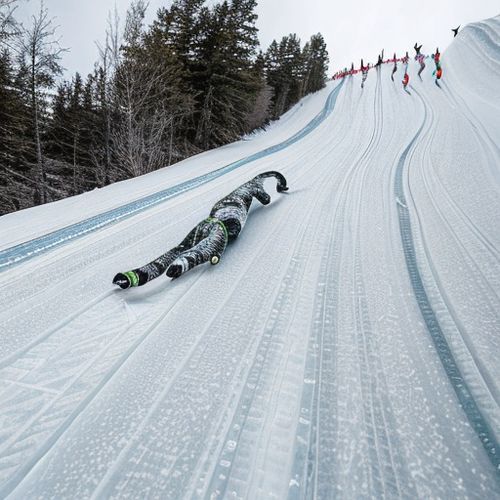
By Amanda Phillips/May 8, 2025
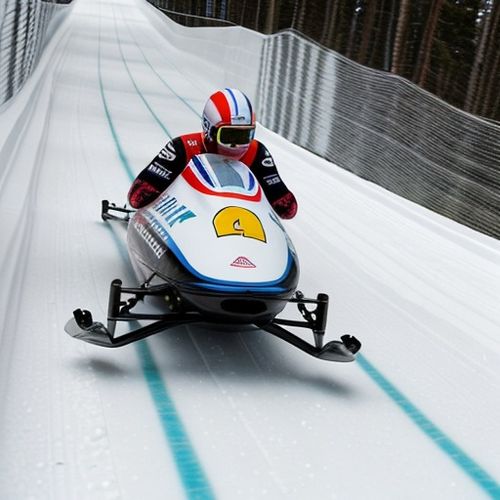
By Rebecca Stewart/May 8, 2025
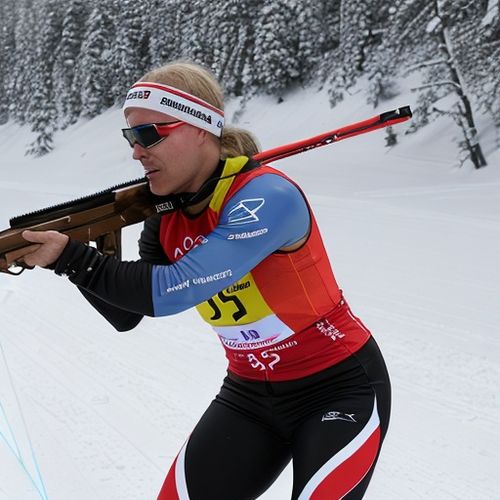
By Christopher Harris/May 8, 2025

By Emily Johnson/May 8, 2025

By Christopher Harris/May 8, 2025
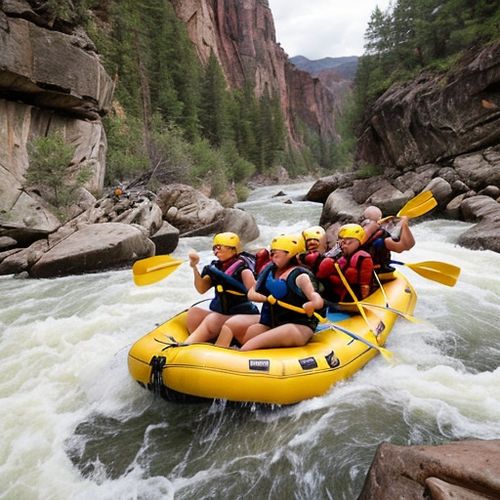
By Thomas Roberts/May 8, 2025

By Rebecca Stewart/May 8, 2025

By Noah Bell/May 8, 2025

By Lily Simpson/May 8, 2025

By Megan Clark/May 8, 2025

By Megan Clark/May 8, 2025